Italy - Piedmont Region of the North
- Tony
- May 17, 2024
- 5 min read
Updated: Jan 5
This month, we had the privilege of exploring the Piedmont region in Northern Italy, a place known for beautiful countryside, and its Barbera and Barolo wines. The landscape of this region, with its lush greenery and vibrant spring flowers, was truly stunning. While Tuscany often steals the spotlight with its beauty, wines, and food, our time in Piedmont revealed a hidden gem that is equally, if not more, captivating.
The trip was organized by the Algarve Wine Society, a group we joined over a year ago to help with our education, mainly in Portuguese wines. The activities that the group organizes have been an excellent resource for us to not only learn about the more than 250 native grape varieties in Portugal but the vast differences in their growing regions as well. This was one of the two "field trips" that AWS organizes annually to wine regions in Portugal and Europe. This was our first trip with the group, which was limited to 20 members. The majority of the travelers now live full-time in the Algarve but have come from countries of Belgium, Portugal, Sweden, UK, South Africa, Hong Kong, and the US. A great group to travel with and a well-prepared agenda for us to visit representations of the area
We flew from Faro Airport in the Algarve to Bergamo Airport near Milan, Italy, about a two-hour flight. We were on the plane with a few of the group and met the others at the hotel in Bergamo, where we spent the first night before departing on our Journey the next morning.
Following breakfast in the morning, we departed on a small private coach toward Tallarini winery, where we toured the winery, tasted their wines, and had a nice lunch.
After lunch, a two-hour coach ride to the heart of Piedmont brought us to the Relais Sant'Uffizio Hotel, our base for the next four nights. Located in the small village of Cioccaro, near Moncalvo, Asti and Monferrato. A 16th-century former Monastery retrofitted into a hotel was a fantastic setting and location for exploring the Piedmont region. The staff was excellent; the rooms are not fancy and are a reminder of the stark, simple nature of the monks that once occupied them but were comfortable. There is a great spa that we only had time to use once during our stay. The grounds and surrounding areas are perfect for walks or Bike touring.
Dinner at the Relais Sant'Uffizio
Day three focused on the wines of Barolo. In this region, you will notice that just about every hillside is planted with vines; not many other crops exist here. The only exception and the exception is controlled by the DOCG, is that no vines are planted on north-facing slopes or in the valleys. Most areas without vines are planted with either native trees or Hazelnuts.
Our first stop was the Boroli Brunella winery perched on a hilltop overlooking the town of Barolo. A postcard setting dominated by the rows of prized Nebbiolo and a deep immersion in the culture and winemaking tradition of the region. The latest addition to the winery has its exterior walls covered with used wine barrel staves.
The medieval villages of the Langhe seem to have come out of a fairy tale.

Lunch between tastings at Ristorante L'Argaj
Continuing in Barolo, our next stop was Cantina Gigi Rosso. The winery is situated in the lower valley, surrounded by Hazelnut trees. Just above the trees, you can see that the hillsides are once again planted with vines, except on the north-facing slopes.
A family-owned and operated business, Maurizio and his son Andreas are now managing Gigi Rosso, which has been handed down three generations from their father, Gigi. Both Maurizio and his son are very passionate about their wines, and it shows through in the quality that is produced here. My favorites are the Barbera D'Alba DOC 2020 Superiore, The Barolo DOCG 2016 Trecomuni Riserva, and the Barolo DOCG 2019 Bricco San Pietro.
Dinner at Locanda Cosa Costa
Today, we visit the area of Asti.
First up is the Prediomagno winery, located in the Lower Monferrato Asti area, among rolling hills planted with vines, vegetables, grains, and hazelnut trees. Housed in a repurposed long abandoned noble villa overlooking Montemagno castle, it has been restored through conservation efforts, preserving its most hidden secrets, like the ancient underground cellars, Brick construction, and wooden beams.
The two ancient villages surround Prediomagno, Montemagno, and Grana Monferrato, along with UNESCO sites: the Sanctuary of the Sacro Monte di Crea, a place of worship that attracts thousands of visitors every year, and the infernot, the ancient underground cellars dug into the Pietra da Cantoni.
The winery produces some exceptional sparkling wines, which the Asti region is famous for, but also fantastic Barbera and lesser-known but historic Grignolino, Ruche, and Pinot Nero, all 100% varietal wines. My favorites were the Ruche di Castagnole Monferrato DOCG 2020, Barbera D'Asti Superior DOCG "VLU" 2020, and the Brut Rose metodo Martinotti 2022.

Lunch @ Agritourismo Bispeder
Montalbera Proprieta Famiglia Morando was the largest producer we visited, with a vast modern property. A bit flashy after visiting mainly small mom & op wineries.
The winery sits on a hilltop surrounded by rolling hills of its own vineyards and hazelnut trees straddling the two significant wine-growing areas of Piedmont: Monferrato and the Langhe between the municipalities of Grana, Castagnole Monferrato and Montemagno.
Ruchè is their premier production, and the winery is the largest private producer of Ruchè di Castagnole Monferrato DOCG. Ruchè is a light-bodied red wine with hints of rose and violet, fruity notes of apricot, and spices that emerge over time. Montalberas' Ruchè plantings represent sixty percent of the Ruchè in the entire DOCG. The other varieties planted are: Barbera d'Asti, Grignolino d'Asti, Monferrato Nebbiolo and Viognier.
The wines tasted well. The Ruche was the highlight of the tasting, and it varied between the Classic and the Superior bottlings, from light and floral to aromatic and spicy.


Dinner @ Piatto Piano, Ottiglio
Our morning walk through the countryside around the hotel.
A welcome light lunch and a beer instead of wine in the city of Chieri just outside of Turin
We are in Turin for our next visit to Martini & Rossi for a factory tour. They have been making Vermouth, among other things, here since 1863, and it's the only place in the world where they make it and ship internationally with a production capacity combining all products of 250 thousand bottles per day! I wasn't looking forward to a vermouth tasting, but the products presented and tasted much better than I expected. Other than Vermouth, they also make and bottle Asti Spumante and other sparkling wines. Now owned by Bacardi, there is a new Bacardi plant located on the property as well
D'Vino Napione for Charcuterie
There was very little time to spend touring Turin, but what we saw was very beautiful. As the former capital city of Italy, there are some great sites and monuments to see here. Turin is on our list for a return visit to explore and enjoy the area
Our final meal together at Circolo dei lettori in Turin. A former 19th century Artist and writers club and housing for artists and patrons, and a library known for the richness of the cultural events and for the enthusiasm of social life and the frequent participation of members of the royal family. Even today, the lively story of this life can be traced and read in the rich collection of period magazines that the Club keeps in the rooms of the historical library.






















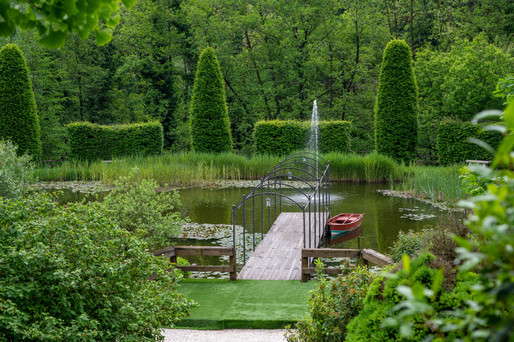

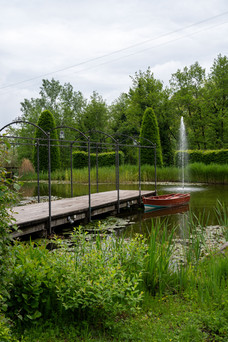

















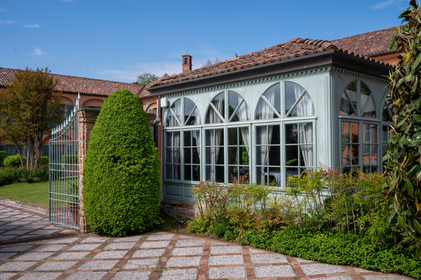







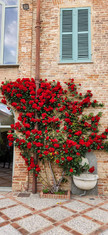











































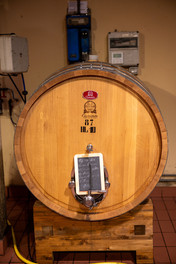



















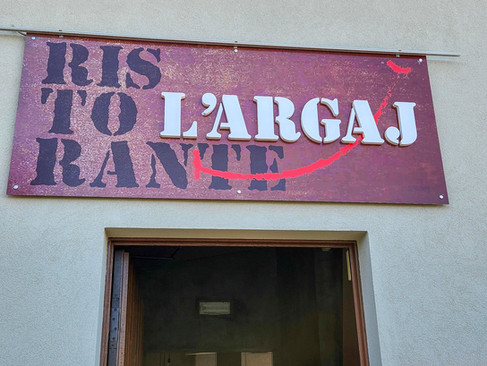









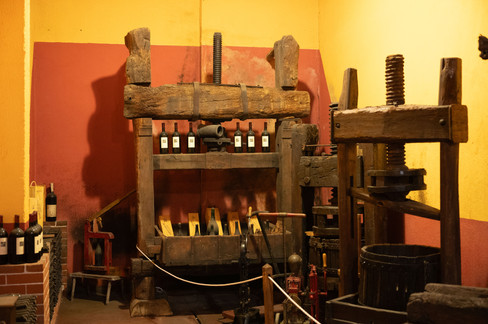

























































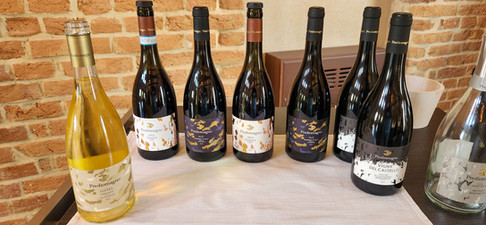















































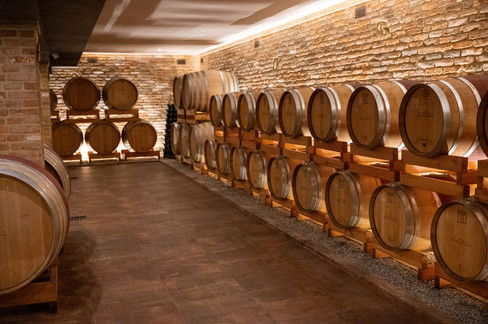













































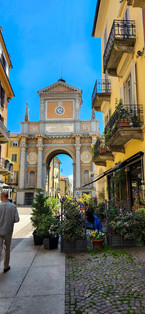













































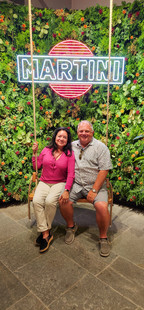











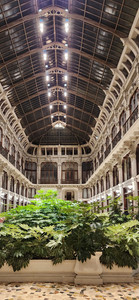

















Comments